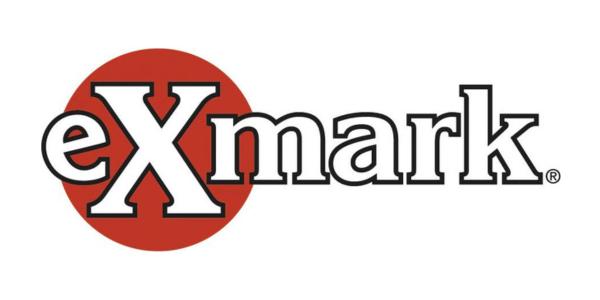Generosity is Good for Your Health & Your Business
Deborah Cole Explores the Benefits of Giving Back
Deborah Cole Explains Eight Ways You Can Transition Your Company
All successful companies, small and large, make plans. The plans may be short-term or long, general or quite detailed. The more outlining of the road to success the better. Typically, business plans are developed at the starting line and, if leadership is focused on success, the plans are reviewed and refined on a regular (yearly) basis. Most plan templates include seven to nine components that are familiar: company description, statement of problem solving for clients, products and services, leadership and structure, market analysis, marking plan, an audit of the competition, goals and objectives and a financial plan. Sounds pretty complete, right? But one of the most critical components is never addressed. What does the founder(s) do when it’s time to leave the building? Missing from the majority of business plans is the exit strategy. In a review of the 20 most-followed models and templates for a business plan, only one included a section on an owner’s exit.
Admittedly, no one likes to consider the end of a new endeavor, because it is human nature to be excited about startups. The founder(s) is/are excited along with their families. Friends are supportive, cheering on as the business gets under way. Suppliers are elated to have a new customer and, hopefully, the marketplace is overjoyed at another option. Everything is exciting and optimism is high. But, realistically, everything has an end and we must plan for it to maintain control of it. Our commitment to operate for the benefit of customers, employees and our families must include how it all ends. This end can be planned or left to chance. We strategize for all possible contingencies to set everyone’s mind at ease and to protect those we care for. What occurs more often than we would like is that a young business owner encounters a medical emergency or accident, and life is cut short. Families are left with the burden of unraveling all of the details of the business during a time of grief. Also, part of the reason we plan for the future is so that we can maximize our return on all of our hard work. A healthy transition means a second half of life that is rewarding and secure.
There will come a time when a business owner wishes to live a life without the stresses of the business world. If he/she waits until this critical point and then scrambles to develop an exit plan, options may be more limited. When plans are laid early in the life of a business, options are many. We will investigate a few of these. No matter what the choice, it is important to have the plan in writing and detailed with the help of an outside advisor.
"No matter what the plan is or becomes,
there should be a plan. No business startup should operate without an exit strategy in place."

Deborah Cole is the founder of a commercial landscape firm with multiple locations throughout Texas. She now devotes herself full-time to speaking, writing and consulting.
www.deborahcoleconnections.com

Deborah Cole Explores the Benefits of Giving Back

Increase your landscape company’s profitability by making better purchasing decisions By Bryan Mours, Vice President of Customer Experience, Aspire...

BEATRICE, Neb. —June 14, 2023— With the season hitting its stride, Exmark is making it easier than ever to upgrade to the company’s latest stand-on...